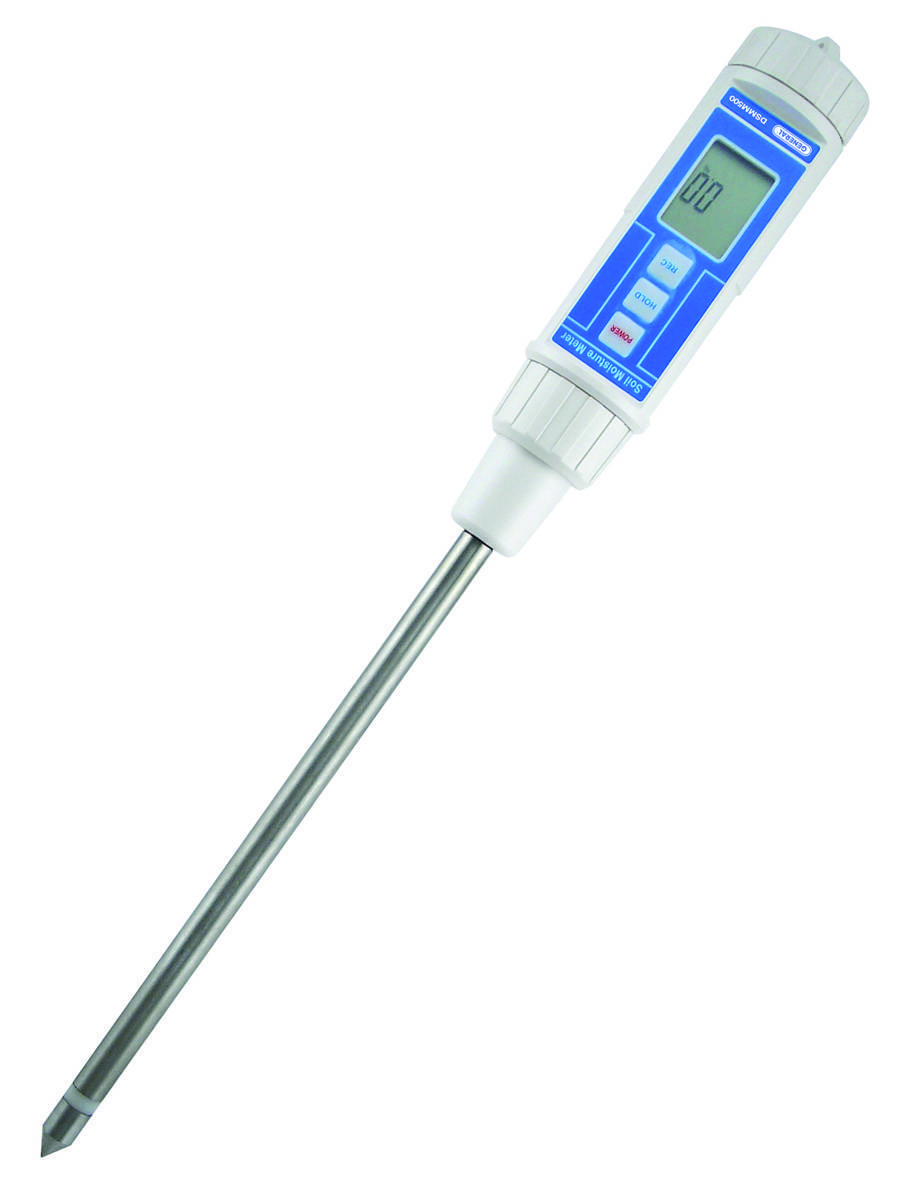Exactly how to Make Use Of a Moisture Meter to Identify Hidden Water Damage in Your Property
Exactly how to Make Use Of a Moisture Meter to Identify Hidden Water Damage in Your Property
Blog Article
Delve Into the World of Moisture Meters: Every Little Thing You Need to Know
In the world of moisture meters exists a world of accuracy and usefulness that often goes unnoticed. These gadgets, while relatively straightforward, hold a riches of info that can dramatically affect numerous markets and applications. Understanding exactly how moisture meters operate, the various types available, and their varied usages can shed light on their relevance in ensuring top quality and performance. By exploring the intricacies of dampness meters, one can discover an important tool that goes beyond plain dimension, supplying understandings that can make a significant difference in many fields.
Exactly How Moisture Meters Work
Moisture meters operate by measuring the electric conductivity or capacitance of products to establish the moisture material existing. These meters are very useful devices throughout numerous industries, consisting of woodworking, building and construction, and farming. By making use of various techniques such as pin-type or pinless modern technology, dampness meters supply precise analyses that assist specialists make notified choices.
Pin-type wetness meters work by putting the sharp pins right into the material being tested. On the other hand, pinless moisture meters utilize electro-magnetic signals to check a larger location without creating any type of damages to the material's surface area.
No matter of the technique used, wetness meters play an important role in stopping problems such as mold growth, architectural damages, or item issues created by excess moisture. Recognizing just how these meters job is vital for ensuring the quality and honesty of materials in numerous applications.
Kinds Of Moisture Meters
Provided the important duty wetness meters play in numerous markets, it is important to understand the different kinds readily available to specialists for properly examining wetness degrees - Moisture Meter. There are largely 2 main sorts of moisture meters: pinless and pin-type moisture meters

On the other hand, pinless dampness meters use electro-magnetic sensing unit plates to scan a larger area of the material without triggering any damages. This kind is appropriate for swiftly scanning large locations and is generally used for flooring, walls, and ceilings. Pinless meters are convenient for taking analyses on finished surfaces without leaving any type of visible marks.
Both kinds of moisture meters have their advantages and are picked based on the details demands of the work at hand. Understanding the differences in between these types is important for specialists to make precise dampness evaluations.
Applications Throughout Industries
Construction specialists count on wetness meters to analyze the moisture degrees in building materials like drywall, timber, and concrete, which is important for maintaining architectural honesty and preventing issues like rot or mold and mildew. The flooring sector utilizes dampness meters to determine the moisture material in subfloors prior to installing various flooring coverings, avoiding pricey damages due to excess wetness. In the food market, dampness meters are made use of to keep an eye on and regulate moisture degrees in items such as grains, nuts, and dried out fruits to maintain quality and top quality.
Tips for Making Use Of Wetness Meters
Utilize the wetness meter's calibration pop over here setups to guarantee accurate readings when determining the dampness content in different products. Furthermore, make certain the meter is established to the right moisture variety for the material you are determining to acquire the most accurate outcomes.
When making use of a pin-type moisture meter, insert the pins to the proper depth recommended for the material being tested. This makes sure that the wetness readings are taken from the correct depth within the material, providing an extra accurate depiction of its dampness material. For pinless wetness meters, keep in mind to preserve correct call reference with the product's surface to obtain trustworthy analyses.
Consistently check and change the batteries in your dampness meter to protect against imprecise readings as a result of reduced power. Store the meter in a secure and dry area when not being used to lengthen its life-span and keep its accuracy. By following these ideas, you can make the most of the performance of your dampness meter and get precise dampness web content dimensions throughout various materials.
Upkeep and Calibration
To ensure the accuracy of moisture material measurements, regular upkeep and calibration of the moisture meter are essential action in its correct functioning. Upkeep involves maintaining the wetness meter tidy and cost-free from particles that can influence its analyses. It is important to adhere to the supplier's guidelines for cleaning up to protect against damages to the device. Furthermore, normal calibration is needed to verify the precision of the readings. Calibration adjusts the moisture meter to make sure that it supplies trustworthy and regular outcomes.
Calibration must be done regularly, especially if the dampness meter is made use of often or in important applications where precise measurements are required. Lots of dampness meters include calibration tools or can be calibrated by specialist solutions. Moisture Meter. It is suggested to keep a log of calibration days and results to track the performance of the wetness meter with time. By adjusting the wetness and keeping meter regularly, users can rely on the precision of the moisture material measurements gotten.
Verdict

In verdict, wetness meters play an important role in numerous sectors by precisely measuring the moisture content Visit Your URL of materials. Understanding just how these tools work, the various types offered, and correct maintenance and calibration are essential for acquiring dependable results. Whether in production, building and construction, or agriculture, the usage of moisture meters helps make sure quality assurance and efficiency in processes.

In verdict, dampness meters play a vital role in numerous markets by properly measuring the moisture content of products.
Report this page